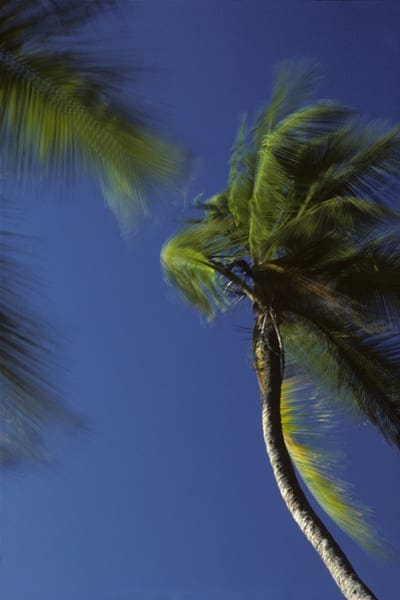A Visual Haiku

This assignment is intended to encourage approaches to the seeing and interpretation of subject matter with as little visual information as possible. It is a technique that can be used not only in your own backyard, but while traveling too. This may sound ridiculous, but have you ever felt overwhelmed arriving at a beautiful location, and then not knowing what to photograph? Then consider this.
There is a method of composition and image construction commonly known in the world of visual art as working subtractively. Think of how other visual artists — like a painter — start with nothing, and through the act of adding subject matter and use of the media itself, form it into an image. Contrarily, photographers typically start with everything, and need to be selective about what to put in the frame. The challenge we need to resolve is a matter of reducing the subject matter down to more simple forms, to capture the essence of moment. To produce images with as little as two or three major elements of design.
If we were to make it a priority to create photographic compositions that are analogous to composing a form of Japanese poetry know as Haiku, then the potential of reducing the subject matter, and producing idea driven work is increased. Think of what you do with the camera as not merely a process of recording facts. Revealing a point of view on the facts is what we are in pursuit of. As a visual artist it is far more compelling to ask questions with images, instead of providing answers.
Haiku is a minimalist form of poetry. The writer has 17 or fewer syllables through which to convey an experience. Writing haiku is a form of meditation that begins with the recognition of something occurring in the everyday. Here’s a translation of a Japanese haiku master, Issa. In English it has nine syllables.
reed warblers
sing the great river
still


Definition of Haiku
• The content of haiku is typically focused on lyrical moments of everyday life.
• The subject matter can be rooted in the experience of other sensory experiences to inform its visual appearance, such as hearing, taste, touching, smelling, and seeing.
• The subject matter is traditionally focused on the natural world, but do not let this restrict you to photographing what you want. The subject matter can be anything. Haiku was created several centuries ago by a monk named Basho, who lived in and among the elements of the natural world everyday — what we have access to today in contemporary culture flies in the face of the original intent of haiku.



